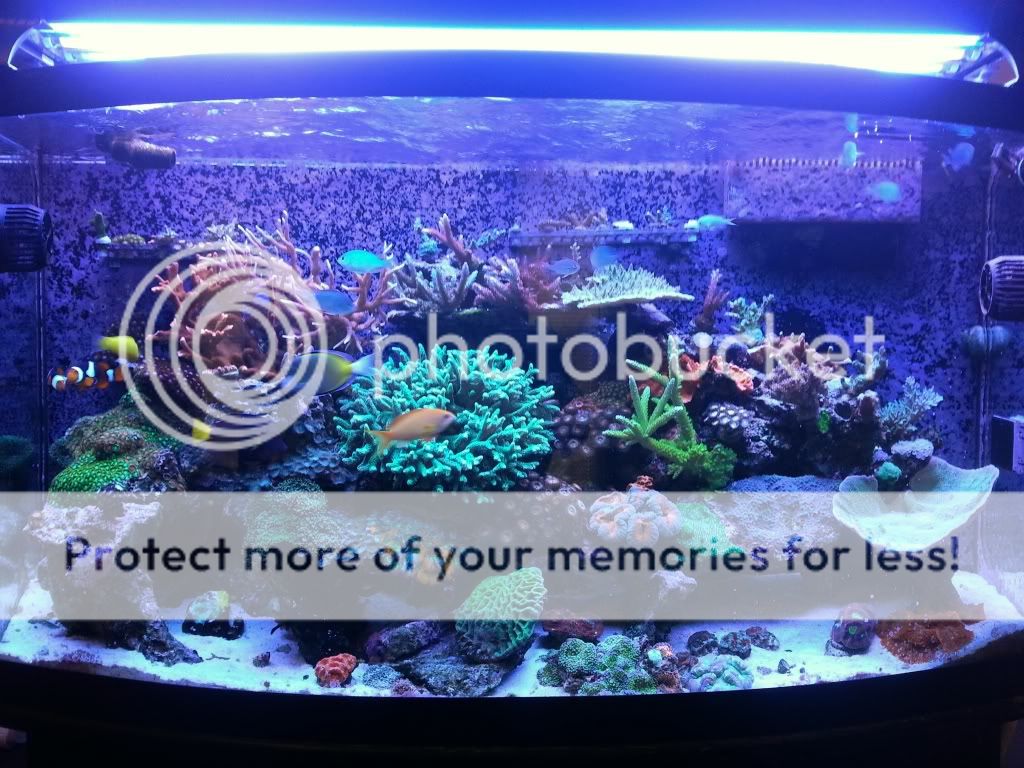I understand that this must be done within reason, but I'm wondering if others could share their experiences of when they stopped listening to the masses that told them to do more water changes, get their nitrate and phosphate to undetectable levels and feed the fish only what they can eat in a couple minutes. Did you see better results? Are you secretly part of the Dirty SPS Tank Club?
Alex you may find there are a lot of us who have done this for a long time. I started in either 2005 or 2006 after a discussion with (IIRC) Borneman at a club meeting. The discussion was blender mush and why it worked. At the time most people thought of it as polluting the tank, but in reality it is feeding the tank, not just the fish or corals, but everything in the tank. If food/nutrients are present, something will eat it, what isn't eaten must be removed. The hard part, and the reason why many of us who practice it don't recommend it, is it is hard to export what you import. You can only hear that you are killing your tank so many times before you stop mentioning it. The import of nutrients must equal the export of nutrients. That is the key to a healthy tank along with stable chemistry, (alk/cal/mag). Too many people place their importance on light and not the rest of the equation.
As you mentioned, we cannot replicate the amount of food available in the wild, we just cannot. Even though the water is devoid of much po4 or no3 that doesn't mean we should do the same. My goal has been nitrates of 5 and po4 of .04 for a long time. The symbionts in the corals need food too, and with a lack of natural food they will gladly take it in the form of nitrates and phosphates. Unfortunately so will nuisance algae. A little algae is a sign of a healthy tank, but people freak out when they see it. I don't like it when I don't see algae somewhere. I keep my alk between 9 and 11, depending on the method used. I use GFO to keep the po4 at my chosen level and dose a little vinegar to keep nitrates where I want them.
I am not a fan of pale sickly looking corals. My limited understanding of Zeo is that is not the goal of Zeo either, though far too many Zeo tanks are full of pale and sickly looking corals. The best Zeo tanks I have seen have been full of deeply colored corals, which is fitting with the Zeo idea, low nutrients in the water but adequate food for the corals, not low nutrients in the water and starving corals.
It should also be mentioned that you do not have to feed heavy on a daily basis, every other day, or every couple days works just as easily and effectively. I do carbon dose but only to maintain, not strip nutrients. I skim heavy and do larger than normal water changes. The heavy feeding method isn't for all people or tanks though, if someone has a bio cube it will be much harder to feed heavy than it would be for someone with a 120 gallon tank. The small amount of bio-diversity makes it harder to feed heavy and export heavy, not impossible, just harder. Bacteria and micro fauna play a huge part in nutrient stability, the more diverse and greater quantity of consumers the easier it is to balance.
Heavy feeding isn't for everyone, but allowing for a little no3 and po4 can work for everyone. As with everything, balance is key. I completely agree with Mammoth that it isn't just one thing, but many, and learning what works best for you isn't easy but it can be done.








